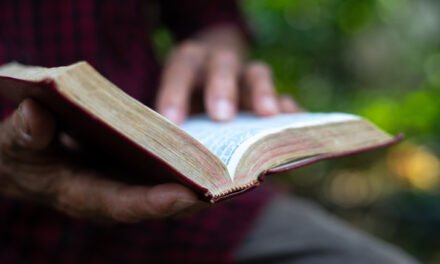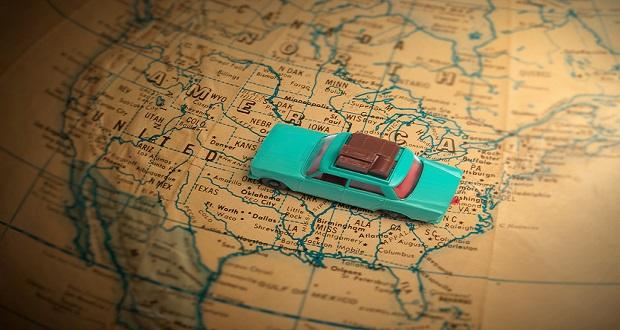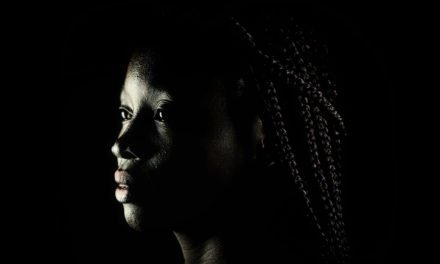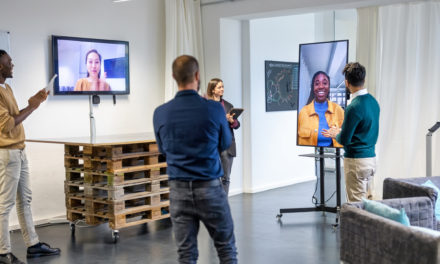by Steve Hanamura
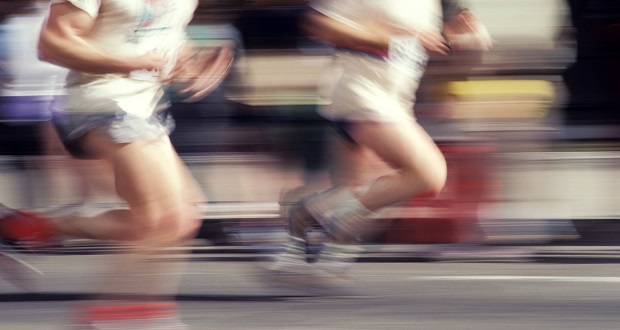
For the past twenty-five years I have been able to participate in a 200-mile relay running from Mount Hood to the beach in seaside Oregon. There are 1,050 running teams in this race and 400 walking teams who travel 129 miles from Portland to the beach. Each person runs three times and together there are 36 exchange points. They are referred to as “legs.”
I feel like there is a place for me, as I have a running guide because I have been blind from birth. I am totally included in all facets of the experience. I am part of the planning and accepted for my capabilities. In the beginning I used to be able to run an eight-minute mile; now I’m older and slower so do a twelve-minute mile. Yet there is still a place for me. I am an old, slow, blind Asian! I can be funny and sometimes feel out of it, but that is true for many of us along the way, as we all need support.
Inclusion occurs at several levels in this event. There is a place for any type of runner or walker who differ in capability levels. I am in the running event where Olympic runners pass us in the middle of the night because they start five hours later then we do. There is an all African American walking team who are doing something like this for the very first time.
Hood to coast race officials have also been open to my consultation about making sure there are accessible porta-potties along the course so wheel chair athletes can take part in this experience.
Another way inclusion shows itself is the different age groups and states and countries that are represented. My team has runners from all around the United States and for four years we had two runners from Japan. We also have runners that represent six decades when it comes to age. The youngest person was 25 and the oldest runner was seventy-two years old.
In my work we define inclusion to mean “to belong to, to be a part of, not to be discounted.” All of this is true for me during this relay.

